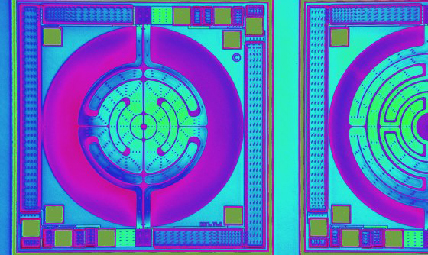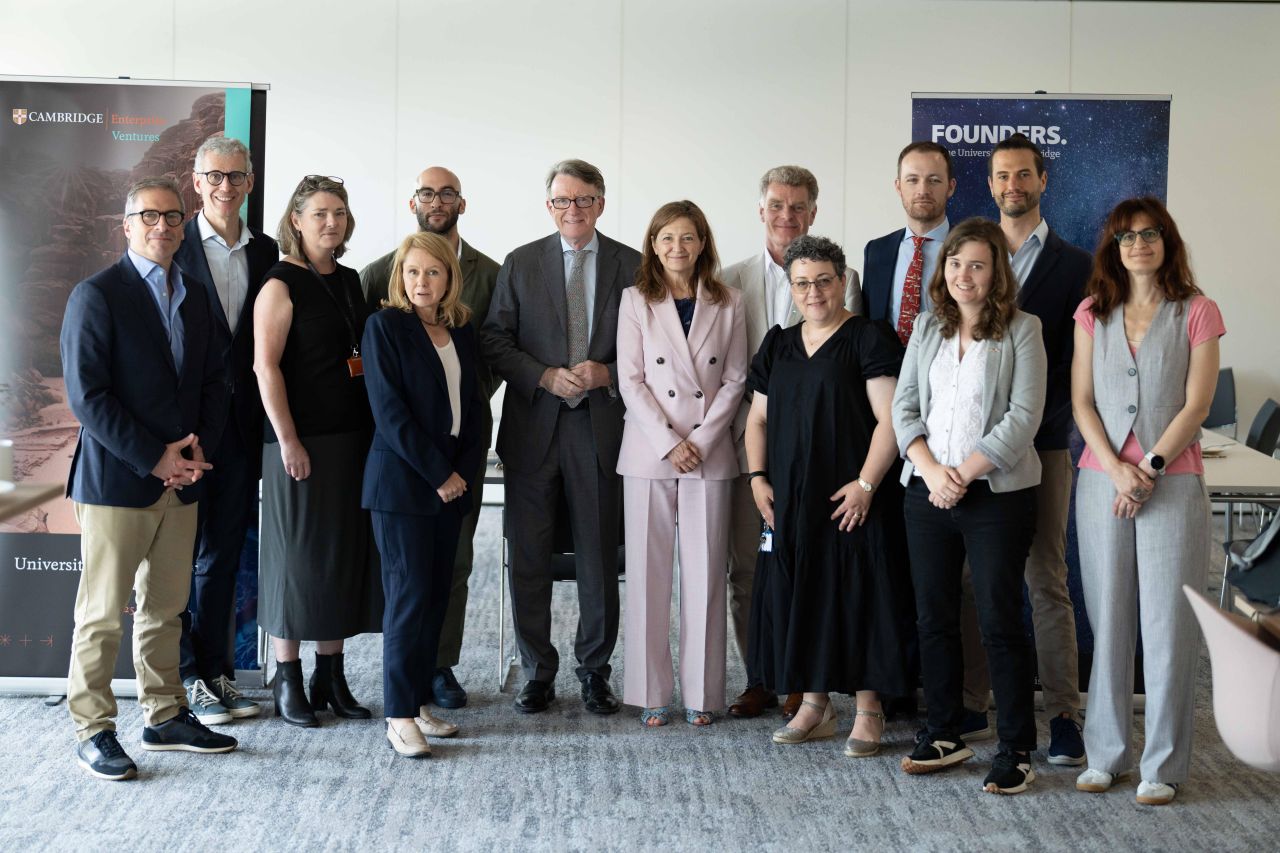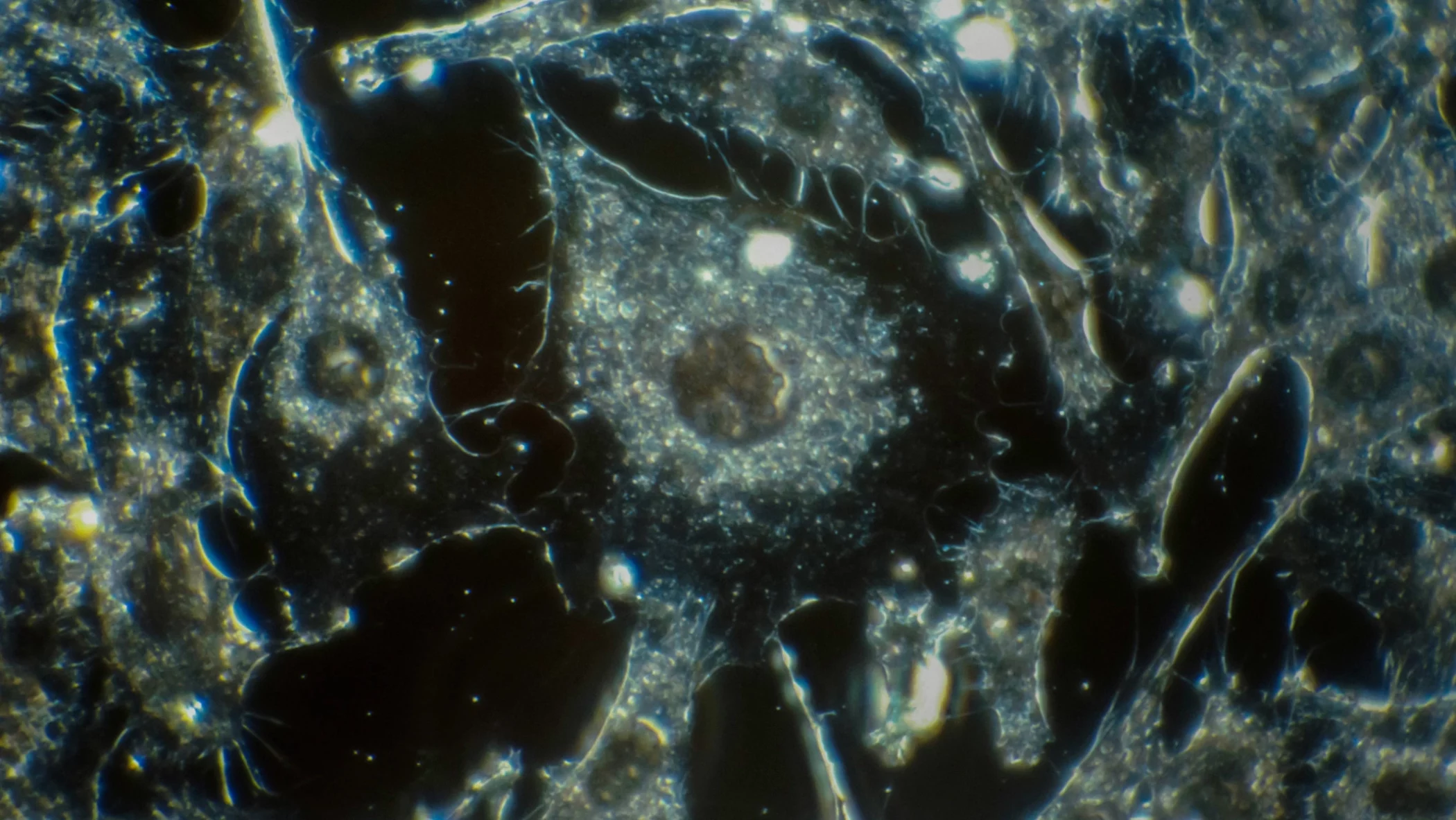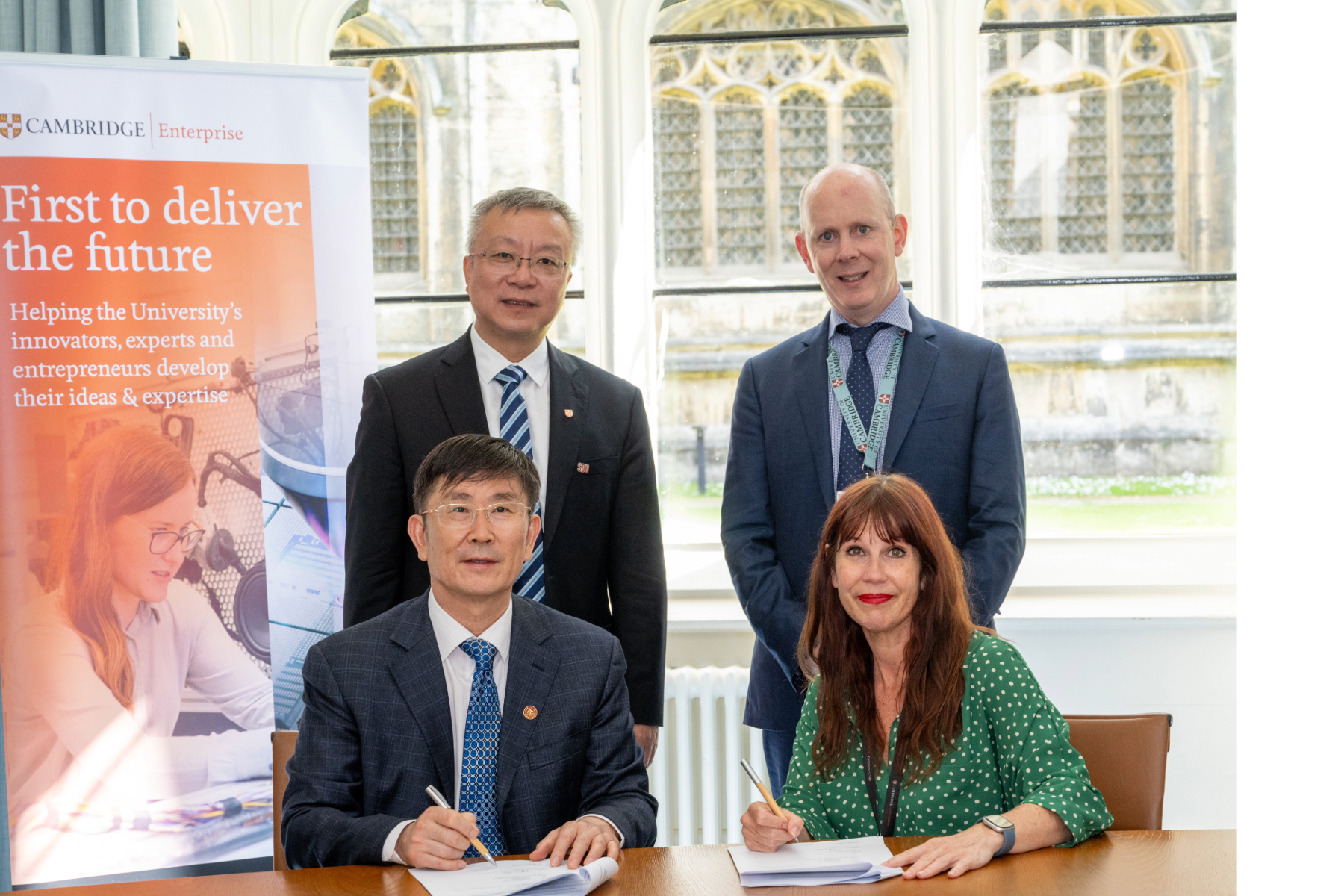ams (SIX: AMS), a leading worldwide manufacturer of high performance sensor and analog solutions, has signed an agreement to acquire 100 per cent of the shares in Cambridge CMOS Sensors Ltd (CCMOSS), the technology leader in micro hotplate structures for gas sensing and infrared applications, in an all-cash transaction.
Founded in 2008 as a spin-out from Cambridge University, with the start of technology development dating back to 1994 in collaboration with the University of Warwick, CCMOSS has built an outstanding expertise in micro hotplate design and manufacturing for gas and infrared sensing over more than 20 years. Cambridge Enterprise, the commercialisation arm of the University of Cambridge, has supported CCMOSS throughout its development with seed funding and further investment from Cambridge Enterprise Seed Funds and the University of Cambridge Enterprise Fund (UCEF).
Prof. Florin Udrea, CTO and Founder of CCMOSS said: “This is a very exciting opportunity for us to work with ams, a leader in environmental sensing business. Our technology has great advantages in terms of form factor, power consumption and reliability, and can be deployed both in gas sensing as well as infra-red markets. The technology originated from the High Voltage Microelectronics and Sensors lab in Cambridge University with collaboration on IP transfer from Warwick University. Particularly we are grateful to Cambridge Enterprise, our first investor, for their belief in our innovation, team and the tremendous business opportunities.”
CCMOSS’ micro hotplates are MEMS structures that are used in gas sensors for volume applications in the automotive, industrial, medical, and consumer markets. The company’s deep expertise in this area is highly synergetic with ams’ technology leadership in MOX gas sensing materials to detect gases like CO, NOx, and VOCs. CCMOSS manufactures these MEMS structures on CMOS wafers allowing the creation of complete monolithically integrated CMOS sensor ICs. This makes CCMOSS’ solutions highly cost-efficient, besides offering other significant advantages over competing technologies like low power consumption, small footprint and the ability to integrate additional sensor modalities like relative humidity, temperature, and pressure.
The addition of CCMOSS makes ams the clear leader in gas and infrared sensor technology worldwide, and completes ams’ portfolio of products and technologies for the environmental sensor market.
Alexander Everke
In addition, CCMOSS commands an industry-leading portfolio of IR technology comprising high performance IR radiation sources and detectors for sensor applications. Highly complementary to ams’ spectral sensing strategy for next generation optical sensor technologies, CCMOSS’ IR sensing is based on the same monolithic CMOS structures as for gas sensing, enabling miniaturised implementations and efficient integration with other on-chip functions. Applications include CO2 gas sensing and human presence detection and will extend into spectroscopic identification of organic materials.
CCMOSS’ corporate headquarters are located in Cambridge, UK, and the company has 33 employees. The Cambridge region has become a centre of innovation for sensor technologies globally so ams values the ability to gain direct access to this attractive ecosystem going forward.
The parties to the transaction, which is expected to close within a week given that no regulatory approvals are needed, have agreed to keep the consideration confidential. ams plans to fully integrate CCMOSS’ activities into its existing environmental sensor business, which has development locations in Eindhoven, the Netherlands, and Reutlingen, Germany.
Alexander Everke, CEO of ams, commented on the transaction, “The addition of CCMOSS makes ams the clear leader in gas and infrared sensor technology worldwide, and completes ams’ portfolio of products and technologies for the environmental sensor market. This highly strategic acquisition is therefore another key step in making ams the world’s leading provider of sensor solutions for consumer, automotive, industrial, and medical applications.”











